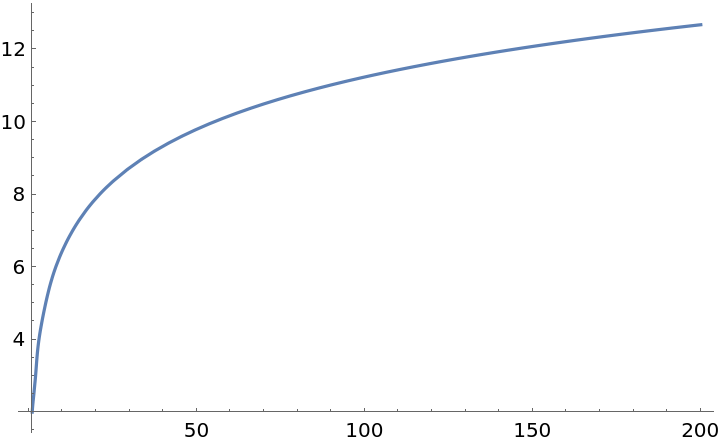Wolfram Function Repository
Instant-use add-on functions for the Wolfram Language
Function Repository Resource:
Compute the inverse Fibonacci function
Evaluate InverseFibonacci numerically:
| In[1]:= |
| Out[1]= |
Plot InverseFibonacci over a subset of the reals:
| In[2]:= |
| Out[2]= |  |
Evaluate numerically to high precision:
| In[3]:= |
| Out[3]= |
The precision of the output tracks the precision of the input:
| In[4]:= |
| Out[4]= |
Evaluate InverseFibonacci efficiently at high precision:
| In[5]:= |
| Out[5]= |  |
InverseFibonacci threads elementwise over lists and arrays:
| In[6]:= |
| Out[6]= |
Fibonacci integer inputs return integer results:
| In[7]:= |
| Out[7]= |
InverseFibonacci can be differentiated:
| In[8]:= |
| Out[8]= |  |
This work is licensed under a Creative Commons Attribution 4.0 International License